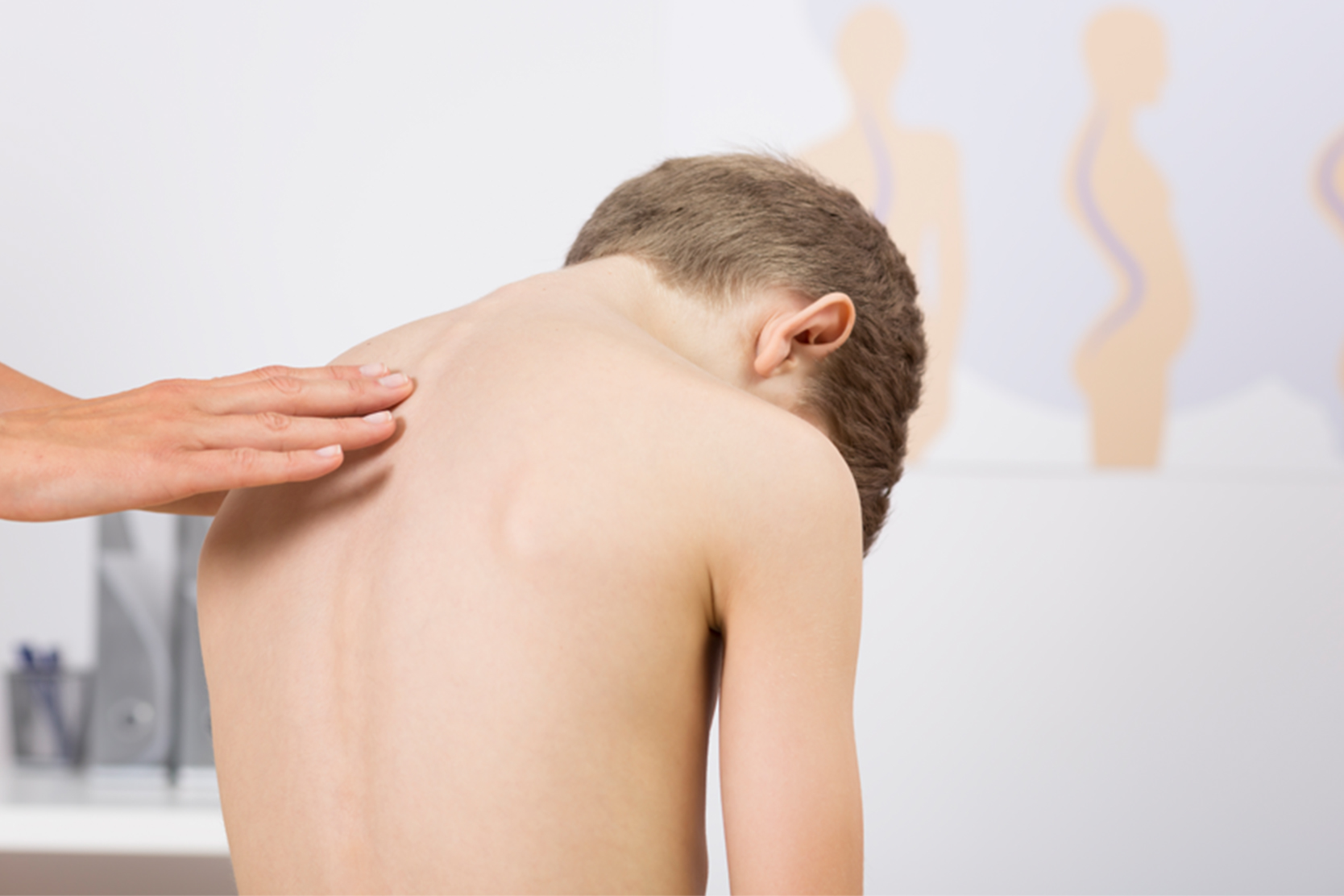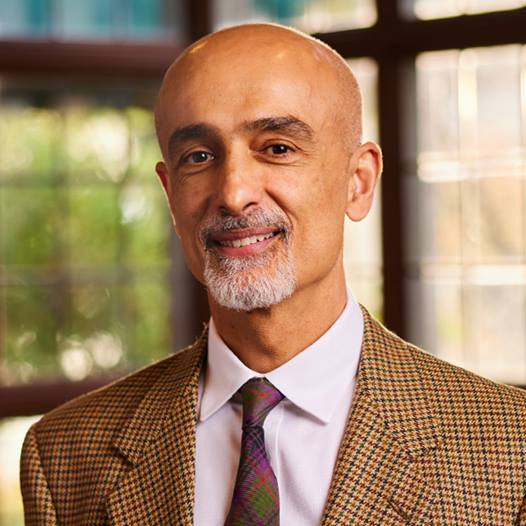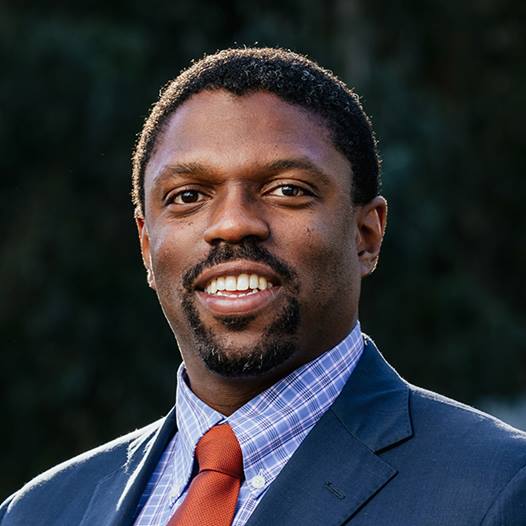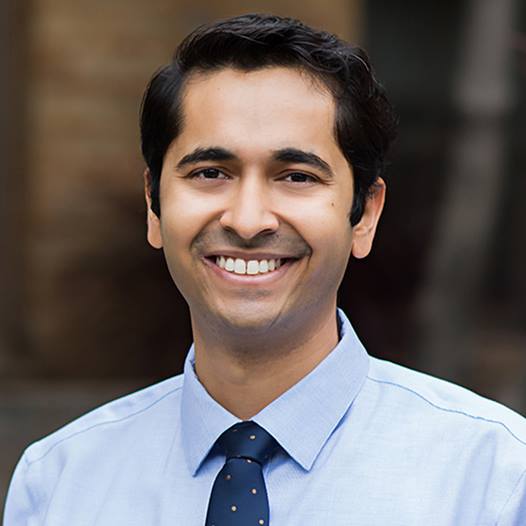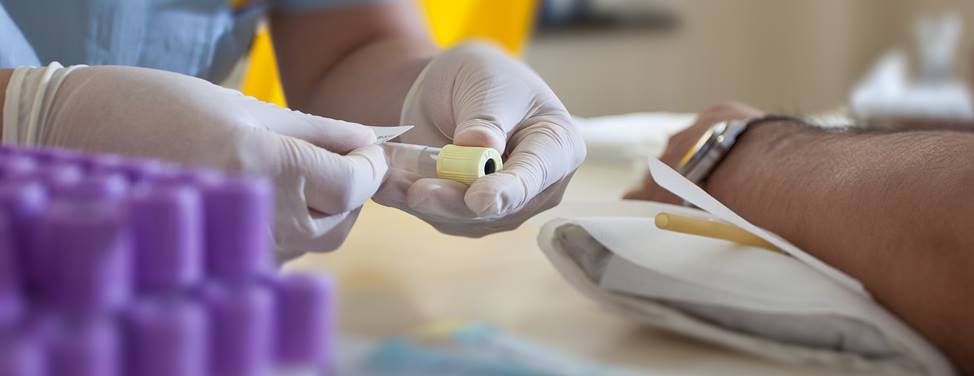Spinal fusion surgery is a treatment for severe scoliosis. The goal is to correct the spine's abnormal curve and prevent further curvature by fusing the vertebrae so that they grow into one solid bone. Your child's surgeon will try to correct the curve by at least 50 percent.
Preparing for surgery
An assistant from our pediatric orthopedics team will contact you to schedule the operation. We'll also schedule a clinic appointment for your child within a month of the surgery date. During this appointment:
- The orthopedic surgeon will go over the details of the operation and address your questions or concerns.
- X-rays will be taken if there are no recent images or if additional images are needed.
- Your child will be evaluated by an anesthesiologist, who will explain how pain is managed during and after the operation. General anesthesia is required for spinal fusion surgery, meaning that your child will be completely asleep.
- A blood sample will be drawn for analysis.
- A nurse will review the hospital admissions and discharge procedures with you.
The procedure
The surgeon makes an incision in the middle of the back. The muscles are moved to the side to expose this section of the spine, and joints between vertebrae are removed. The vertebrae are roughened up, which stimulates the body to produce new bone. (That new bone will eventually bridge the gaps between the vertebrae and make them grow together.) The surgeon places metal implants – rods, screws, hooks or wires – to hold the spine steady while the vertebrae fuse.
At the conclusion of the operation, to ensure good pain control after your child wakes up, we may temporarily insert an epidural catheter – a thin, flexible tube – into your child's back; we use this to deliver pain-control medication where it's needed.
Bone grafts
To help the bones fuse, the surgeon also performs a bone graft – packing tiny chips of bone around the abnormal vertebrae. The bone may be taken from your child (usually from the hip) or from a donor.
Using your child's own bone (an autogenous bone graft, or autograft) has advantages: It will incorporate more rapidly with the rest of the vertebrae, and there's less risk of infection. A disadvantage is that the bone must be obtained through surgery, which is painful and has its own risks.
The main risk of using bone from a donor (an allogenous bone graft, or allograft) is infection, in particular hepatitis – which occurs in about 1 case in 1 million – and HIV, which affects 1 case in 10 million. You should discuss the benefits and risks of these options with your child's orthopedic surgeon.
Spinal fusion surgery generally takes four to six hours, depending on your child's specific condition.
Potential complications
Every type of surgery carries risks. In spinal fusion, these complications may include:
- Bleeding. During the operation, this is controlled by cauterizing the bleeding vessels (applying heat with a surgical tool) and by using a device that allows the return of lost blood to your child's circulatory system at the end of the operation. If we anticipate enough blood loss to warrant a transfusion, we will have your child donate 2 units of blood within a month of the scheduled surgery, so we can use this for the transfusion.
- Infection. This is a risk of any operation in which the skin is cut. Precautions to ensure a sterile procedure are taken in the operating room, and your child will be given antibiotics before and after the operation. In addition, the incision is washed with a pressurized system before it's closed.
- Nerve damage. During the procedure, the electrical activity of the spinal cord nerves – which transmit signals for sensation and muscle activity – is monitored. This feedback helps the surgeon take steps to avoid damaging nerves. Still, precautions can't always prevent nerve damage, which ranges from minor injuries, such as numbness in the front of the thigh from a compressed nerve, to a major injury that causes paralysis. The risk of major neural injury is well below 1 percent, but it is not zero, so it's important to have an open and honest dialogue with your orthopedic surgeon about the possibility.
- Pseudarthrosis. Occasionally, the fusion doesn't take (the vertebrae don't come together completely), which is called pseudarthrosis. It occurs for up to 1 percent of children (more frequently for adults) and can take several months or even a few years to become apparent. Your child may complain of persistent back pain, there may be progression of the scoliosis after the operation or the implants may fail. (When the fusion doesn't take, over the long term, motion will cause the metal implants to fatigue and ultimately break.) If pseudarthrosis occurs, treatment includes surgical exploration of the spine, additional bone grafts and replacement of the implants.
Recovery in the hospital
Depending on their condition, children stay in the hospital between three and seven days, with the typical stay being four days. Your child will be assessed by members of the orthopedic surgery team, including the surgeon, a senior surgery resident, a registered nurse and a physician assistant.
For the first few days, patients have an epidural catheter in place to provide pain control as well as a urinary catheter so they don't have to walk to the bathroom. Both are usually removed on the third day post-op.
A physical therapist helps your child get up and moving as soon as possible. On the first day, the goal is to get out of bed to a chair. On the second day, the goal is to walk out of the room. By the third day, your child may walk as tolerated. On the fourth day, your child will be encouraged to begin climbing stairs.
Before discharge, spinal X-rays are taken to check for early problems with the implants or spinal alignment. A pediatric orthopedic nurse assists with discharge planning to ensure all of your child's and family's needs are met before going home.
The bandage covering the incision shouldn't be disturbed until your child's follow-up visit in the clinic, unless the surgeon has a concern about the wound and advises you specifically to do otherwise.
Recovery at home
Generally, during the first two post-op weeks, children shouldn't go to school or participate in organized activities. This is a time to rest and heal, both physically and emotionally. During this time, the dressing (bandage) on the incision area should stay dry and in place. This means no showers or baths – sponge bathing only – until the follow-up appointment.
At the follow-up appointment, the surgeon will inspect the incision site and change the dressing.
It takes almost a full year for the spine to fully heal and your child to safely resume all normal activities. It's important to take it slowly. Here is a general timeline:
- First six months. No strenuous physical activity is allowed. Activities are limited to those of daily living, meaning personal care, bending and walking. Don't let your child run or jump, or lift anything heavier than a dinner plate.
- Six to eight months. At six months, your child will have a physical exam and X-rays. If all is well, more activities, such as swimming, are allowed.
- Eight to 10 months. Around eight months post-op, your child should be able to do what physical therapists call "closed kinetic chain exercises," which means that the foot is planted or fixed in place as the lower limb moves. An example is performing a squat.
- Ten to 12 months. For most kids, running, jumping and solo sports become safe during this period.
- Twelve months. Around one year after the surgery, your child sees the surgeon for a checkup and X-rays. If all is well, you can lift all restrictions on your child's activities.




























